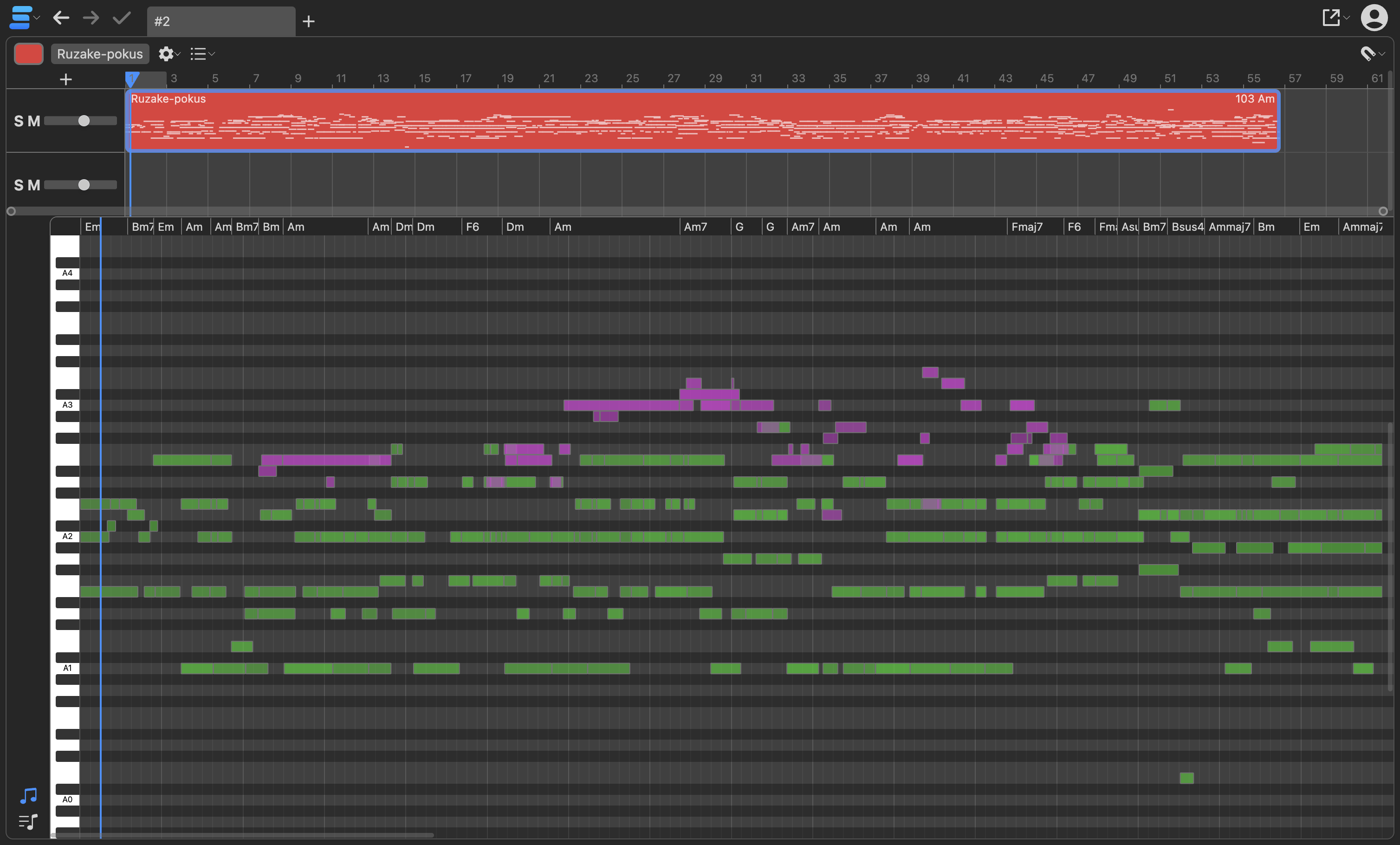How to Turn Off #SmartTV Snooping Features
All smart #TV collect personal data. Here's how to use #privacy settings to limit #surveillance.
Any TV connected to internet likely does this alongside now-standard snooping practices, like tracking what apps you open and where you’re located. #ACR is particularly nefarious, though, as it can identify not just streaming services, but also offline content: video games, over-the-air broadcasts, and physical media.
https://www.consumerreports.org/electronics/privacy/how-to-turn-off-smart-tv-snooping-features-a4840102036/ #OptOutOctober
How to Turn Off #SmartTV Snooping Features
All smart #TV collect personal data. Here's how to use #privacy settings to limit #surveillance.
Any TV connected to internet likely does this alongside now-standard snooping practices, like tracking what apps you open and where you’re located. #ACR is particularly nefarious, though, as it can identify not just streaming services, but also offline content: video games, over-the-air broadcasts, and physical media.
https://www.consumerreports.org/electronics/privacy/how-to-turn-off-smart-tv-snooping-features-a4840102036/ #OptOutOctober
The discussion helped to identify the biggest challenges for the Hackathon:
On the one hand, the project aims to collect the data on an ambitious scale, which requires a pragmatic data-driven approach (a “musical laboratory”). But on the other, the phenomenon of Romani chords is embedded in peculiar layers of sociocultural reality, the uncovering of which requires a sensitive ethnographic approach.
This dilemma became the central theme for our methodological thoughts.
🧵3/20
Then, we discussed and tried out various contemporary music information retrieval methods with a special focus on accompanying #harmonies (aka #chords).
The first method to come up was “Automatic chord recognition” ( #ACR), a method that scientists have worked on for over 25 years.
A nice summary of this ongoing research (with the most significant challenges identified) can be found in this 5-year-old article => https://archives.ismir.net/ismir2019/paper/000004.pdf
🧵4/20


